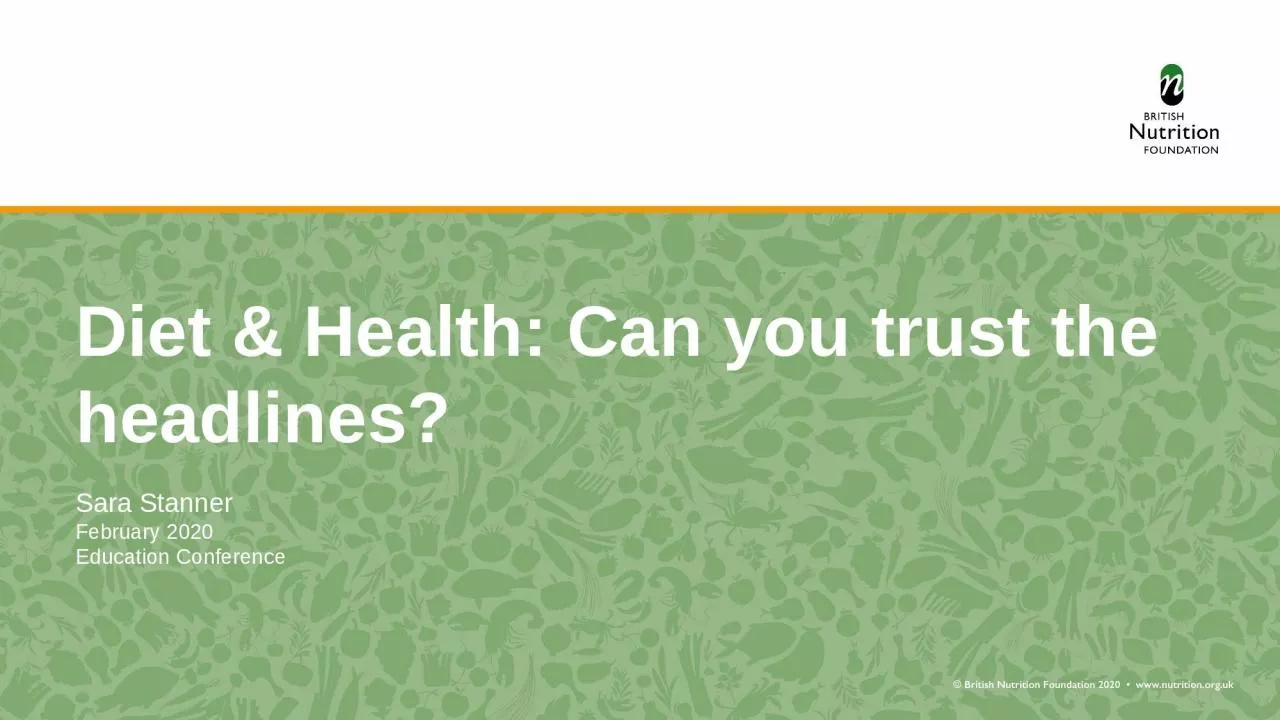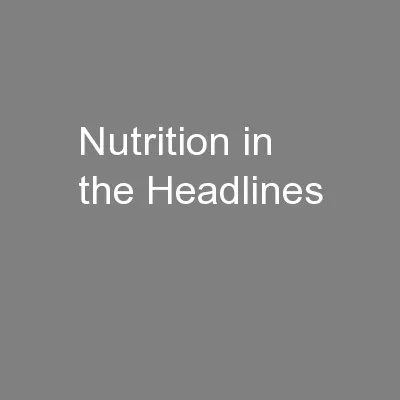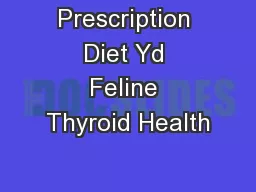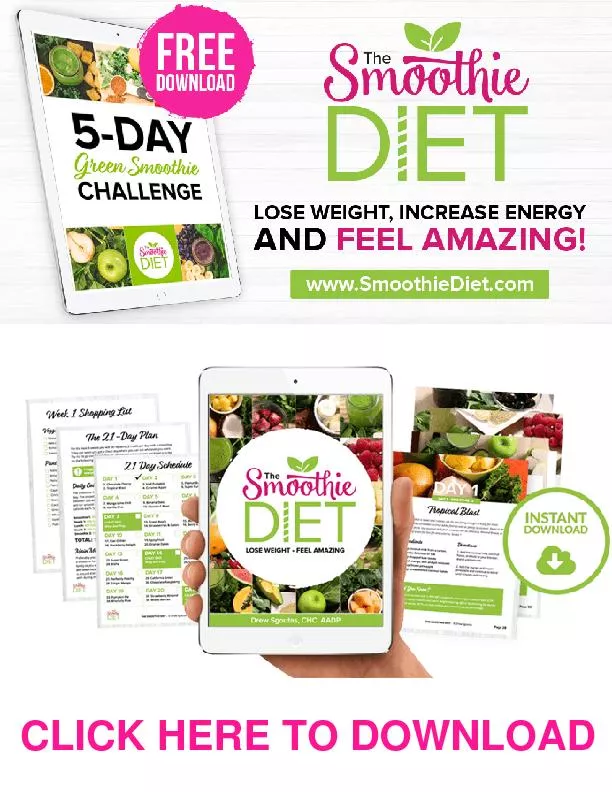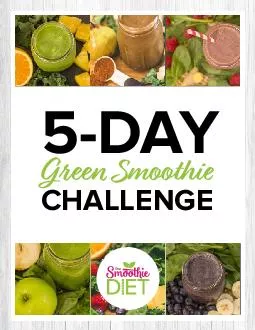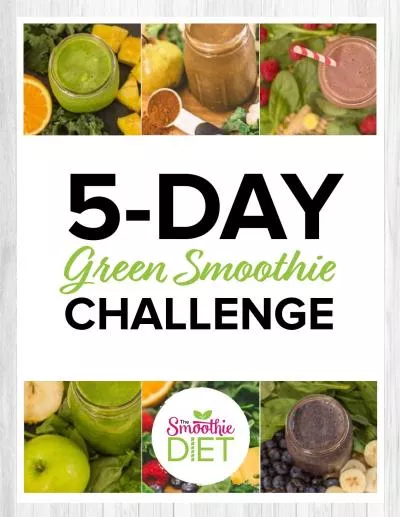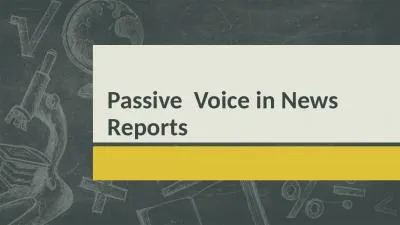PPT-Diet & Health: Can you trust the headlines?
Author : CutiePatootie | Published Date : 2022-08-04
Sara Stanner February 2020 Education Conference The media is massively increasing the quantity of information we have access to If you get confused after reading
Presentation Embed Code
Download Presentation
Download Presentation The PPT/PDF document "Diet & Health: Can you trust the hea..." is the property of its rightful owner. Permission is granted to download and print the materials on this website for personal, non-commercial use only, and to display it on your personal computer provided you do not modify the materials and that you retain all copyright notices contained in the materials. By downloading content from our website, you accept the terms of this agreement.
Diet & Health: Can you trust the headlines?: Transcript
Download Rules Of Document
"Diet & Health: Can you trust the headlines?"The content belongs to its owner. You may download and print it for personal use, without modification, and keep all copyright notices. By downloading, you agree to these terms.
Related Documents

